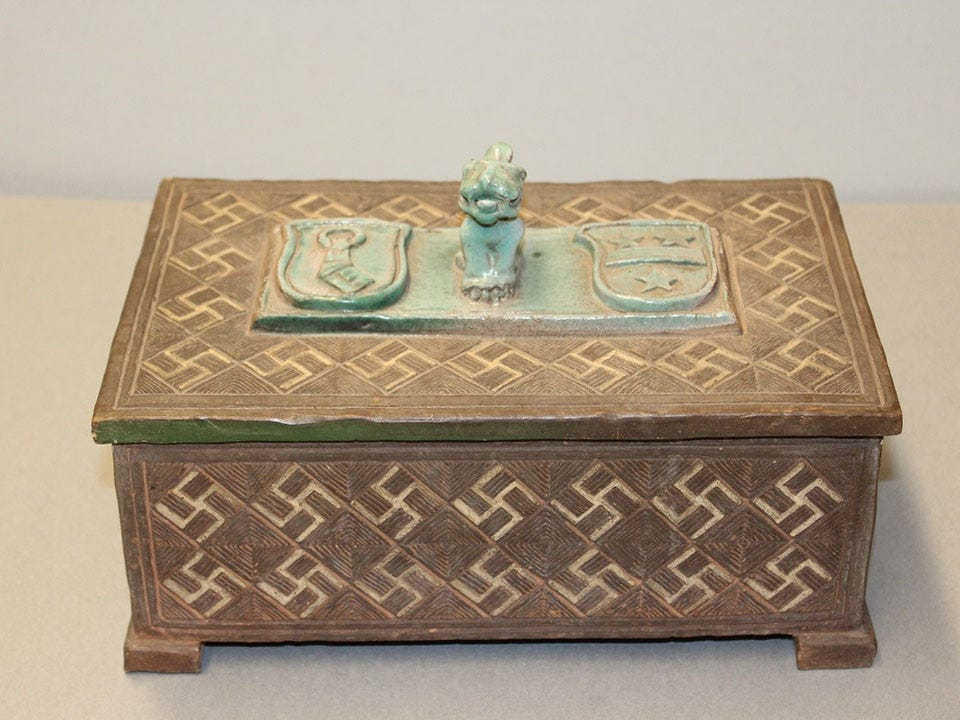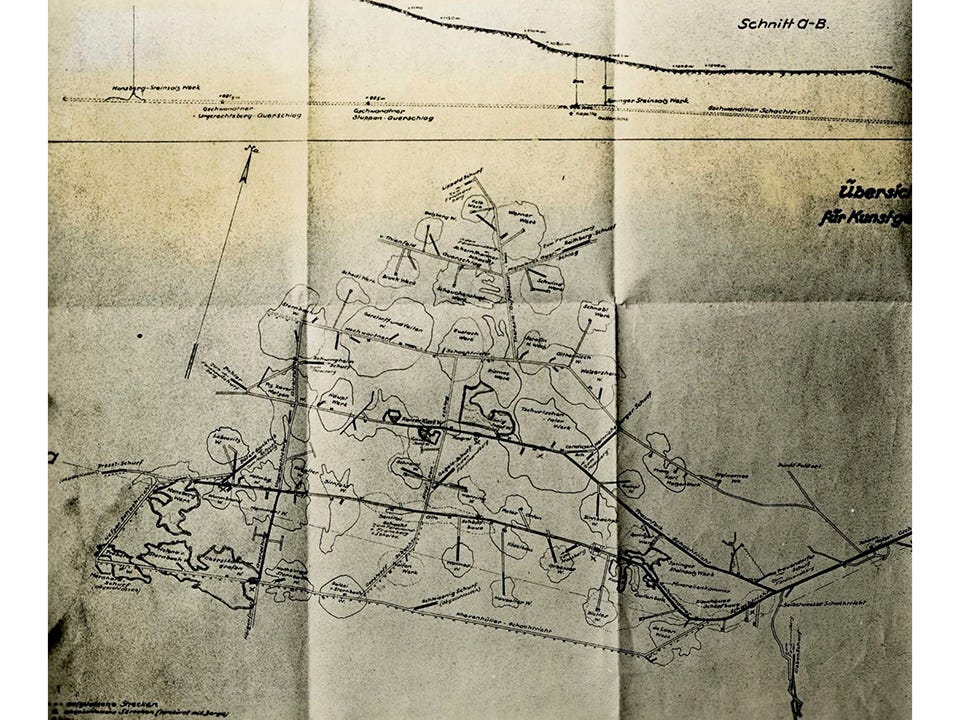Monuments Men: Preserving Cultural Heritage During a Period of Great Turmoil
An article from The National World War II Museum. You can read this post and others like it at www.nationalww2museum.org or even listen to their podcast, Service On Celluloid.
This article by the The National World War II Museum tells the story of unsung heroes on an the extraordinary mission to protect our shared heritage even through the darkest times of humanity, amidst the chaos of war.
A description of how the Monuments Men came into existence, and how two of its members were among the first officers sent to the front lines. A story of how one of the largest repositories of art stolen by the Nazis was found.
In a time when the world is virtually at a standstill, and numerous citizens are suffering, just trying to survive day to day, questions regarding the importance of cultural preservation have been proffered. The same question was asked by a select group of men and women during the Second World War, whose main objective was to safeguard culturally significant works of art from destruction. In June 1943, the “American Commission for the Protection and Salvage of Artistic and Historic Monuments in War Areas,” eventually known as “The Roberts Commission,” was formed. The Monuments, Fine Arts, and Archives (MFAA) section, consisting of approximately 345 men and women representing 14 nations, was created as a result of this commission. The core aims of the MFAA officers were to work with Allied troops to avoid unnecessary destruction of cultural targets, assess heavily damaged areas and create as well as implement procedures for the protection of important historical monuments.
The MFAA, nicknamed the Monuments Men came into existence in 1943, but the majority of its officers deployed the following year. Major Robert K. Posey and Lieutenant Commander George K. Stout, who arrived in Normandy, France in July 1944, were two of twelve Monuments Men who served near the front line during active combat and were each responsible for large regions in Europe. Stout was an art conservator who helped establish the American Defense Harvard Group, which was instrumental in the creation of The Roberts Commission. He was transferred to the MFAA in June 1944 and tasked with protecting significant cultural artifacts in France. Posey was an architect whose main objective was to inspect damaged monuments and make temporary repairs as best as possible. At the time of the MFAA’s deployment to the European theater of operations, the eventual scope of their mission was not yet known, as they would be responsible for the recovery and restitution of millions of items of cultural importance.
The majority of these objects had been confiscated or illegally acquired by the Einsatzstab Reichsleiter Rosenberg (ERR), which was created by Alfred Rosenberg with the sole purpose of gathering the finest artworks for display in Hitler’s proposed Fuhrermuseum. The ERR created detailed records of the items that were seized, in the form of large leather-bound albums that were later used as evidence in the postwar Nuremberg Trials to convict Nazi criminals. In 1947, the United States military transferred 39 of these albums to the National Archives and Records Administration (NARA), however it is believed that over 100 of these albums were originally created. From 2007 to 2014, The Monuments Men Foundation, created by Robert Edsel, obtained another four ERR albums that were ultimately donated to NARA. Many of the stolen items pictured in these albums were hidden in areas throughout Germany and Austria.
A cigarette box made for Herman Goring that Robert Posey acquired during his service in the MFAA. It will be exhibited in the upcoming Liberation Pavilion. The National WWII Museum, Gift of Robert and Maria Posey, The Monuments Men Foundation Collection, 2018.075.573
During the war, Major Robert Posey was able to inadvertently gather information from someone close to the Germans after he came down with a horrible toothache. The information he obtained led to the discovery of one of the largest repositories of stolen items. Posey was referred to a local dentist whose son-in-law happened to be an art scholar. When questioned by Posey and his assistant, he admitted to working for Herman Goring and Alfred Rosenberg. The information the scholar disclosed led to the discovery of a massive stockpile in a salt mine in Altaussee, Austria in May 1945. The entrances to the mine had been blocked by the local miners after they realized the Nazi soldiers intended to destroy everything within, but Posey was able to use his architectural engineering knowledge to safely access the mine. The mine contained such priceless works of art as Michelangelo’s Bruges Madonna, Vermeer’s The Astronomer and The Ghent Altarpiece by Jan van Eyck. Lieutenant Commander George K. Stout coordinated the removal of these items to the Munich Central Collecting Point with assistance from Posey and a small team of Monuments Men. In Munich, the items were identified, catalogued, and prepared for return to their owners or countries of origin.
A detailed sketch of Section A-B of the Altaussee mine in Austria. Courtesy of the National Archives and Records Administration, College Park, MD.
By 1951, when the last Monuments Men officer returned home, over five million culturally significant items had been restored to their country of origin. These items included Torah scrolls, church bells, library books, and famous artworks completed by some of the greatest artists ever known. Lieutenant Commander Stout recognized the significance of the work with which the Monuments Men were tasked and the important legacy they would leave behind. In 1943 he stated: “To safeguard these things will show respect – of the beliefs and customs of all men and will bear witness that these things belong not only to a particular people but also to the heritage of mankind.” In these uncertain times we cling to our culture, our values, and the enduring lessons learned by past generations. These lasting reflections of the past illustrate stories of resilience in the most challenging periods of our history, and we can look at them for guidance during our darkest hours.




